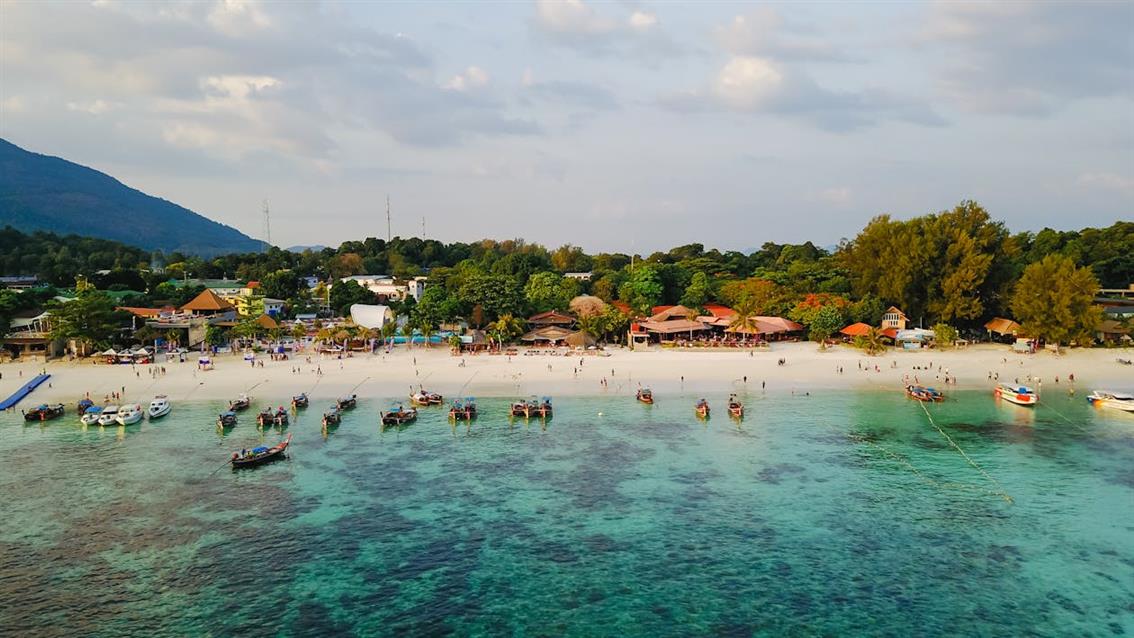Thailand, known as the "Land of Smiles," is a Southeast Asian country famed for its rich culture, beautiful landscapes, vibrant cities, and welcoming people. It is one of the most popular travel destinations in the world, offering a unique blend of historical landmarks, stunning beaches, vibrant nightlife, and mouthwatering cuisine. Here's a detailed look at the many facets of Thailand:
Geography and Location
Thailand is located in the heart of Southeast Asia, bordered by Myanmar (Burma) to the northwest, Laos to the northeast, Cambodia to the southeast, and Malaysia to the south. To the west, it is bordered by the Andaman Sea, and to the east by the Gulf of Thailand. The country spans a diverse landscape of mountains, tropical rainforests, and beautiful coastlines, offering a variety of natural wonders.
Northern Thailand is known for its mountainous regions, lush jungles, and cool weather, with popular cities like Chiang Mai and Chiang Rai.
Central Thailand features the country’s capital, Bangkok, and is known for fertile plains and the Chao Phraya River.
Southern Thailand is famous for its stunning beaches and islands, such as Phuket, Krabi, and Koh Samui, with crystal-clear waters and vibrant marine life.
History and Culture
Thailand has a long and fascinating history, with a rich cultural heritage influenced by Buddhism, Hinduism, and a variety of indigenous traditions.
Ancient Kingdoms
Thailand was once home to several powerful kingdoms, including the Sukhothai Kingdom (1238-1438), which is considered the first Thai kingdom and a center of cultural and artistic development. Later, the Ayutthaya Kingdom (1350-1767) rose to prominence, and its ruins are now a UNESCO World Heritage Site. Ayutthaya was a major center for trade and culture, and it remains an important historical landmark.
In 1767, the Burmese destroyed the Ayutthaya capital, leading to the formation of the Rattanakosin Kingdom, which is the current Thai monarchy.
Monarchy and Constitutional Changes
Thailand is a constitutional monarchy, with the King serving as the ceremonial head of state. The monarchy has played a central role in shaping Thai identity, and the King is widely revered by the Thai people. King Rama IX (King Bhumibol Adulyadej), who reigned from 1946 until his death in 2016, was particularly beloved and influential.
In the 20th century, Thailand transitioned from an absolute monarchy to a constitutional monarchy, with several periods of political turmoil, military coups, and reforms. The country has a complex political landscape, but it has maintained its monarchy as a symbol of unity and national pride.
Language and Religion
Language: The official language of Thailand is Thai (or Siamese), a tonal language with its own script. English is widely spoken in major cities and tourist areas, but less so in rural regions.
Religion: The majority of Thais (around 95%) practice Theravada Buddhism, which plays a significant role in the country’s culture and daily life. The religion influences many aspects of Thai customs, rituals, and festivals. There are also small minorities of Muslims, Christians, and Hindus in the country.
Economy
Thailand has a diverse economy with strong sectors in manufacturing, agriculture, tourism, and services. It is considered one of the largest economies in Southeast Asia.
Agriculture: Thailand is a major exporter of rice, and agriculture has traditionally been a key part of its economy. The country also produces rubber, sugar, seafood, and tropical fruits like bananas, mangoes, and pineapples.






